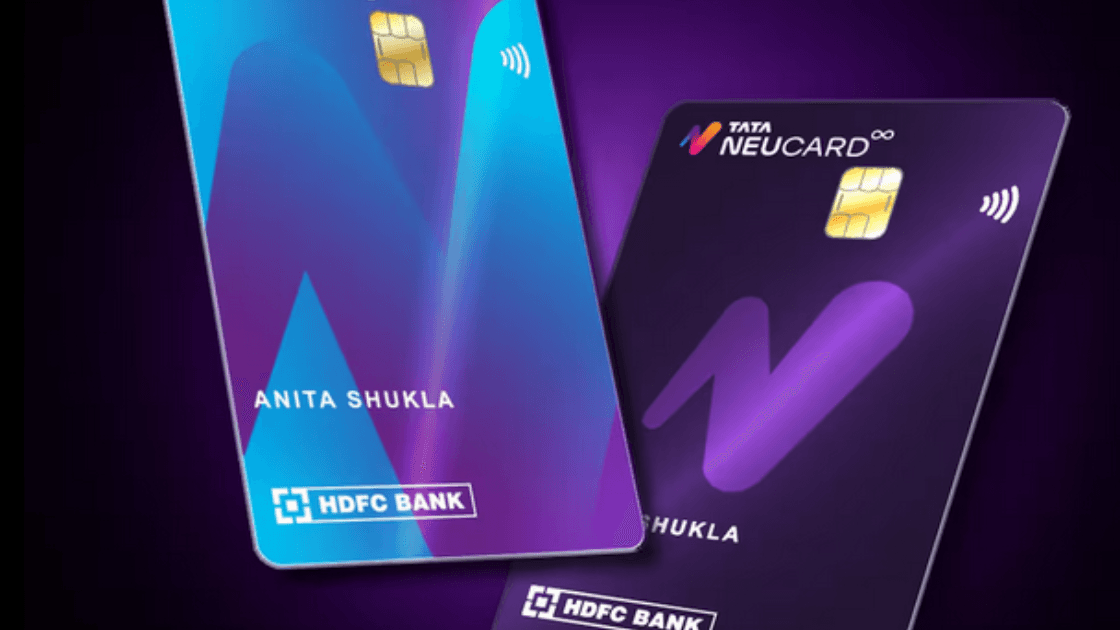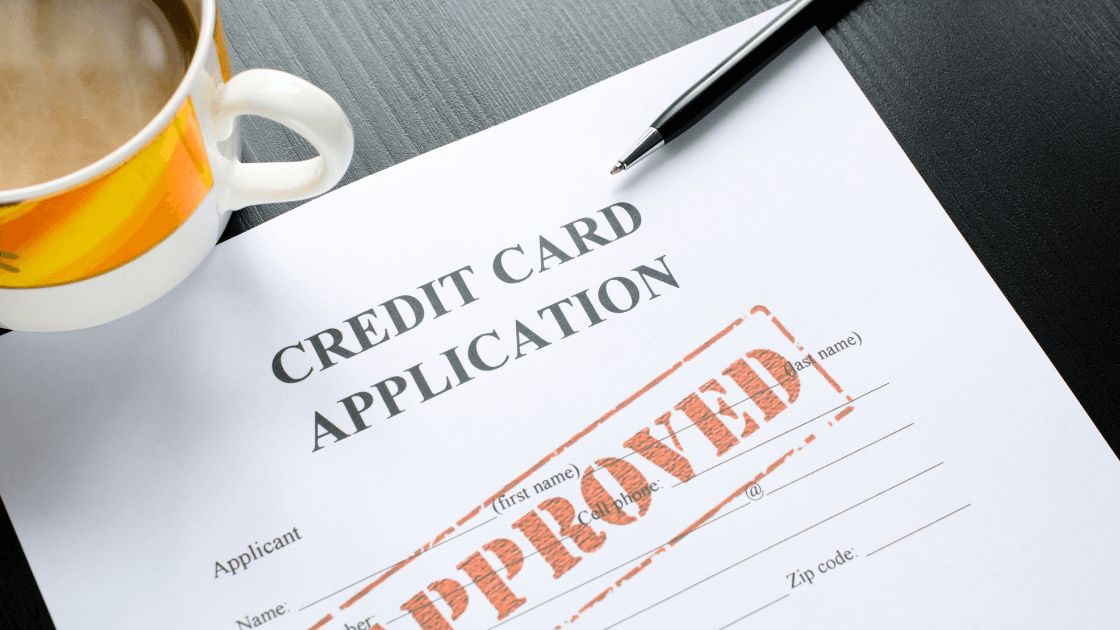
Cards
•05 min read

Imagine stepping into a new chapter of financial empowerment. Many Indians are discovering that credit cards are not just about borrowing money; they are versatile tools that can help manage daily expenses, build a healthy credit history, and reward smart spending. Discover the benefits of the Tata Neu HDFC Bank Credit Card, featuring NeuCoins where 1 NeuCoin = ₹1 saving, designed to empower your everyday financial life. This guide is designed to help you understand the basics, learn how to use a credit card for your everyday needs, and discover practical tips for first-time use as well as experienced users looking to maximize benefits.
A credit card is a payment tool that allows you to make purchases on credit. Instead of immediately using the funds from your bank account like a debit card, you borrow money from the credit card issuer with an agreement to repay the amount later. Each billing cycle comes with a due date by which you should pay off your balance to avoid interest charges. Key terms to understand include:
Credit Limit: The maximum amount you can borrow.
Billing Cycle: The period during which your spending is tallied.
Due Date: The date by which full payment must be made to avoid interest.
Interest Rate: The percentage charged on any balance carried past the due date.
Minimum Payment: The smallest amount you can pay to keep your account in good standing.
Unlike debit cards, which deduct money directly from your account, credit cards offer an interest-free period. This means if you clear your outstanding amount by the due date, you won't incur interest charges. This feature makes credit cards a practical financial partner if managed properly.
Credit cards come in various forms, each designed to suit different spending habits. Some common types include:
Rewards Cards: Earn points or cashbacks on everyday purchases such as groceries and fuel.
Travel Cards: Ideal for booking flights and accommodations, often offering travel-related rewards.
Secured Cards: Require a deposit and are useful for those building or rebuilding their credit.
Student Cards: Designed with features and limits that cater to young adults entering the financial world.
By choosing the right card type, you can tailor your credit card experience to meet your basic needs while enjoying additional perks. This understanding bridges the gap between a typical "debit card experience" and a feature-rich credit card that offers benefits when used responsibly.
When you receive your new credit card, begin by activating it according to the issuer's instructions. Setting up online banking access is crucial as it allows you to monitor spending and delivery of e-statements. Carefully read all terms and conditions, paying close attention to fees, interest rates, and the conditions that define your interest-free period.
For first-time users, starting small is key. Use your credit card for manageable expenses like a grocery run or paying a utility bill. Remember, to chill is to pay off your full balance – it’s a smart way to maximize your rewards! This gradual approach gives you the confidence and experience to handle larger expenses in the future.

Be cautious of overspending. Remember, the credit limit is not extra free money. Missing payments or only paying the minimum due can lead to debt accumulation. Also, avoid using the card for cash withdrawals since this typically incurs high fees and immediate interest charges. Keeping these tips in mind ensures you establish a solid credit history early on.
To unlock the full potential of your credit card, consider smart strategies such as aligning your usage with your monthly budget. Use your card for planned expenses so that you can leverage benefits like reward points, cashbacks, or discounts. Many users discover that paying utility bills, dining out, or even shopping can turn into opportunities to earn rewards when managed carefully. This approach not only simplifies your spending but also converts transactions into potential savings.
You can also explore clever ways to optimize your credit usage. For instance, using your credit card for EMI purchases when there is a 0% interest offer can be beneficial. Additionally, opt for merchants that do not levy extra transaction charges; this is how you can use your credit card without charges. Each smart use case adds a layer of financial prudence, helping you to make the most of every transaction.
Maintaining a healthy credit score is all about consistency. By making timely payments and keeping your credit utilization low, you build trust with the issuer. This positive credit history can be a powerful tool, influencing your access to better financial products in the future. The journey towards financial prosperity begins with understanding how to properly use a credit card to build credit, ensuring that each use contributes positively to your financial reputation.
Always settle your bill in full and on time. Make it a habit to review your monthly statements to track your expenses and identify any discrepancies early. Using your credit card as a budgeting tool can also help you monitor where your money is spent, ensuring that you stay within your limits.
Refrain from overspending or treating your available credit as extra income. Avoid cash withdrawals since these come with higher fees and immediate interest obligations. It is also important not to ignore your credit score; checking it periodically can help you better understand your financial health and spending habits.
Transparency is key when it comes to fees. Common fees include annual fees, late payment fees, and foreign transaction fees. Being aware of these charges helps you plan your spending better and avoid unnecessary costs.
-ed507771-df04-4fb3-9af5-bae11cb611a6.png&w=3840&q=75)
If you're looking to take your credit card usage to the next level, consider advanced strategies like transferring balances to save on interest or effectively managing multiple cards to separate rewards from low-interest transactions. These techniques help experienced users maximize benefits while maintaining discipline in their spending habits.
Utilize digital tools and mobile apps that send reminders for due dates and track your expenses. Regularly review your credit card terms to ensure that your card still aligns with your spending patterns and financial goals. Staying proactive ensures that you always benefit from the card’s features and rewards.
You can use a credit card for daily expenses such as groceries, bills, and fuel. The key is to pay your full balance by the due date to avoid interest charges.
Maintain a low credit utilization ratio, pay your bills on time, and avoid missing payments. This builds a strong credit history over time.
Use your credit card at merchants that do not impose additional transaction fees, and avoid cash withdrawals which attract high fees and interest.
Start with small transactions, understand your card’s terms, and always repay the full balance. This builds confidence and a positive credit history.
Leverage rewards, cashback programs, and offers on planned expenses. Align your use with your monthly budget to optimize financial benefits.
This guide shows that credit cards are more than just spending tools—they are a means to build financial stability through smart and informed usage. By understanding key concepts like interest-free periods, billing cycles, and maintaining a low credit utilization, you set yourself up for success. Start with small purchases, pay off your balance promptly, and explore ways to earn rewards while keeping tabs on fees and due dates. Managing your credit responsibly not only enhances your credit score but also paves the way for better financial opportunities in the future. With these practical tips, you can confidently use your credit card for everyday needs and beyond, making each transaction a step toward a healthier financial life.